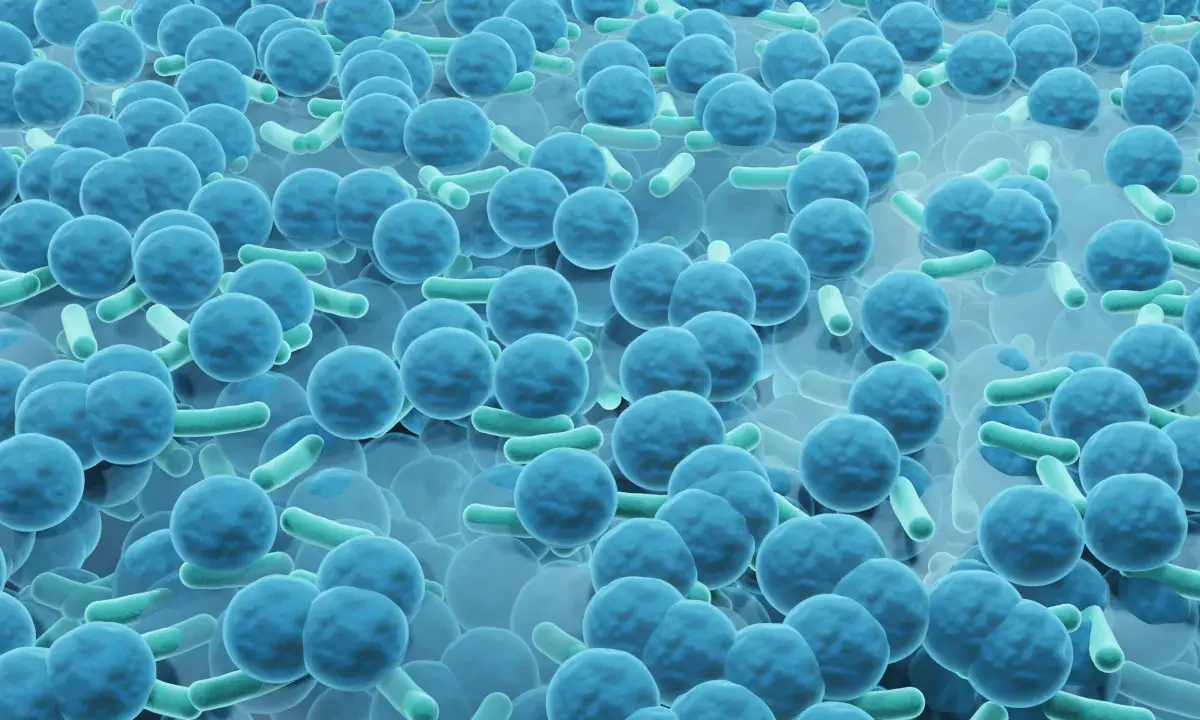
The U.S. is witnessing a troubling rise in infections caused by bacteria carrying the NDM gene — dubbed “nightmare bacteria”— which one expert says poses a “grave danger” to public health.
Infection rates from the drug-resistant bacteria rose almost 70 percent between 2019 and 2023, according to a new report from the Centers for Disease Control and Prevention scientists.
What Is NDM?
NDM, short for New Delhi metallo-beta-lactamase, is an enzyme that makes bacteria resistant to a wide class of antibiotics, including carbapenems, which are often regarded as drugs of last resort. Because strains carrying NDM are difficult to treat, they pose a heightened risk, especially in hospital and long-term care settings, where vulnerable patients already face multiple health threats.
According to CDC data, infections linked to NDM-positive bacteria are increasing across the U.S., and cases often involve multiple drug-resistance mechanisms, making treatment options extremely limited. The agency says that many of these bacterial infections manifest in patients already hospitalized, complicating recovery and driving up mortality risks.
Public health officials warn that the spread is facilitated by travel, medical tourism, and inadequate infection control practices. When bacteria with the NDM gene infiltrate a healthcare facility, they may spread through contaminated surfaces, instruments, or even asymptomatic carriers.
What People Are Saying
The CDC scientists say it’s likely many people are unrecognized carriers of the drug-resistant bacteria, which could lead to community spread. Dr. Maroya Walters, one of the CDC report’s authors, warned that this means common infections—like urinary tract infections—could become harder to treat.
David Weiss, an Emory University infectious diseases researcher, told the AP: “The rise of NDMs in the U.S. is a grave danger and very worrisome.”
Dr. Jason Burnham, a Washington University researcher, told the AP: “We know that there was a huge surge in antibiotic use during the pandemic, so this likely is reflected in increasing drug resistance.”
Combatting The Spread of NDM
To combat the threat, the CDC is urging stronger surveillance, genomic sequencing of bacterial strains, aggressive infection-control measures, and investment in new antibiotics and diagnostics. However, researchers caution that such efforts may be outpaced by the evolving biology of these microbes.
Patients and caregivers can help by insisting on strict hygiene: handwashing, ensuring medical devices are sterile, and asking about infection-control protocols at facilities. Healthcare institutions, meanwhile, must heighten vigilance in screening, isolation, and stewardship of antibiotic use.
As the CDC bluntly describes it, the rising wave of NDM-driven bacterial infections is not just a medical curiosity — it is a growing public health emergency. Without rapid and coordinated response, the “nightmare bacteria” may exact a much heavier toll.



